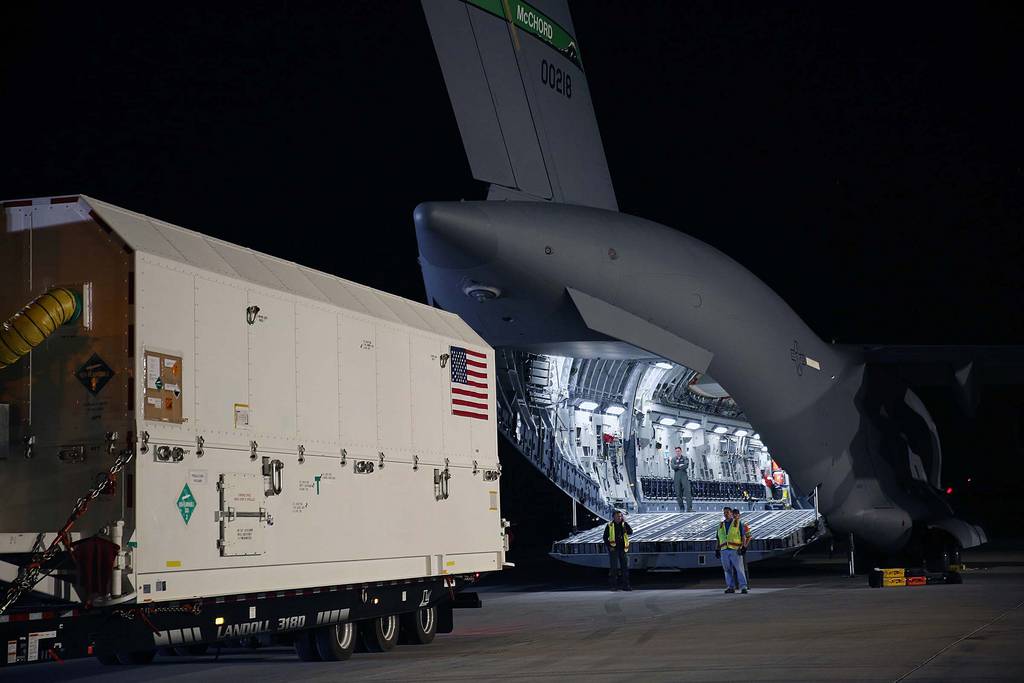A fix that will allow military ground systems to receive a highly secure, military signal from GPS III satellites is on track for early 2020, according to Lockheed Martin executives.
The news comes on the eve of the Air Force launching the second GPS III satellite into space. Liftoff is scheduled for the morning of Aug. 22 following a delay.
The GPS III satellites are capable of transmitting a unique, highly secure M-code signal for military use. However, the next-generation ground system that is being built to utilize M-code is behind schedule. According to a Government Accountability Office report, Raytheon’s next-generation operational control system (OCX), a $6.2 billion program, is already five years behind schedule. While the GAO warned that more delays are likely, Raytheon has strongly rejected that claim.
Still, with one GPS III satellite on orbit and another scheduled for launch soon, the Air Force wants the current ground system to be able to use M-code, at least in a limited fashion. The Air Force awarded Lockheed Martin a contract in 2016 for contingency operations to update the current ground system, allowing access to some of the GPS III satellites’ more advanced capabilities.
“The latest upgrade of contingency ops has been officially delivered to the Air Force and is undergoing preparations for installation later this year,†said Jonathon Caldwell, Lockheed Martin Space’s vice president for navigational systems.
He added that M-code Early Use, a limited version of M-code, will be available in 2020.
“I can say that we’re making excellent progress on the M-Code Early Use upgrade. We’re through software development and into our final testing on the code, and looking forward to getting it through qualification testing and delivered to the Air Force early next year,†said Caldwell.
The first GPS III satellite was officially handed over to the Air Force’s 45th Space Wing in May. The Air Force expects the GPS III satellites to slowly replace the current generation of space vehicles and provide more advanced capabilities than the legacy system.
“(It’s) a new generation GPS satellite, more powerful than those previous launched, offering improved accuracy, enhanced anti-jamming and a more robust design that will extend the spacecraft’s life,†said Col. Thomas Ste. Marie, vice commander of the 45th Space Wing in a media teleconference Aug, 20. “It’ll serve U.S. and allied war fighters across the globe while also serving countless civil and commercial applications.â€
Lt. Col. Maggie Sullivan, the Air Force’s GPS III program manager added that the GPS III satellite signals are three times more accurate and eight times stronger than the legacy system. They will also be compatible with other navigation satellite systems, such as the European Union’s Galileo.
Nathan Strout covers space, unmanned and intelligence systems for C4ISRNET.








